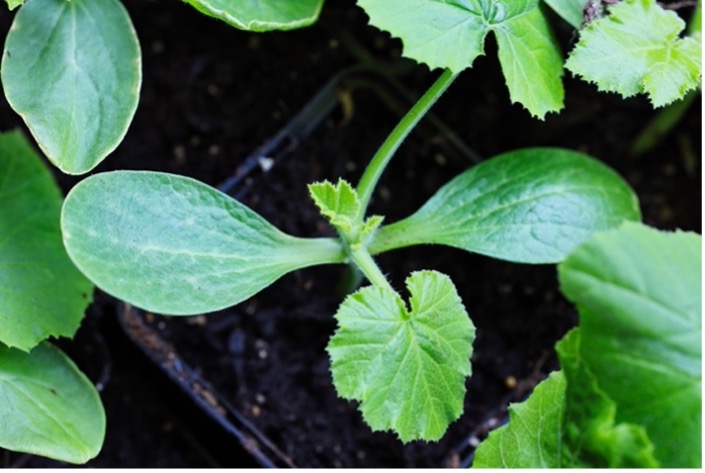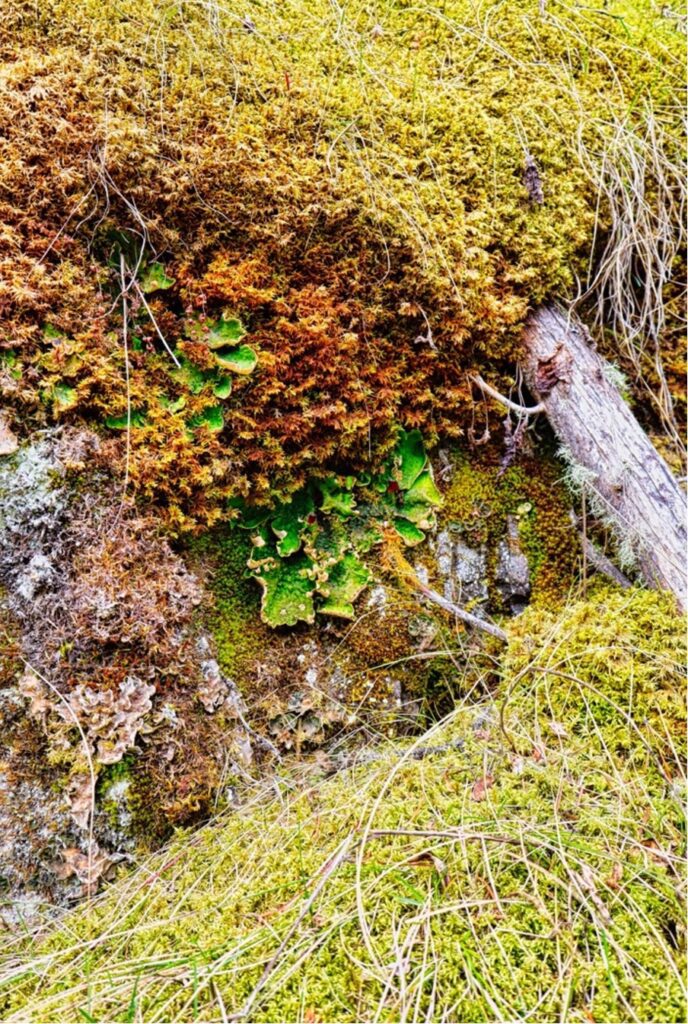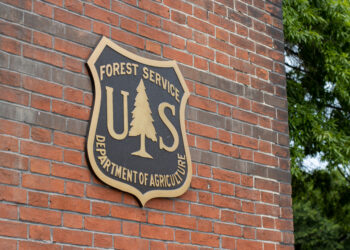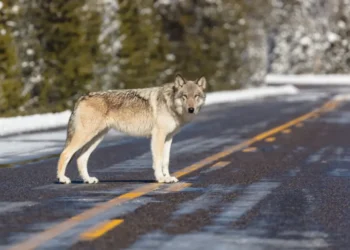By Paul Swenson EBS COLUMNIST
It’s the beginning of June and plants are growing, birds are nesting, elk are calving, and I am out rolling around in the fields taking photos of it all. Last spring, I was lying on my side on Grizzly Loop trail to photograph some Bluebells. While crawling around I have a tendency of make grunting sounds since I am getting older. I can only imagine what the hiker heard, then saw, as they came across my antics in the grass and sagebrush.
“Are you alright? Do you need help?” they asked. I responded: “Doing great! Thanks for asking, just taking photographs.”
As my wife and children can attest, and I bet you are finding out, I am enamored with the natural world. And when one is interested in, or fascinated by, their surroundings, it is always motivating to learn more. So, in this article I would like to introduce you to three major groups of plants that grow in our region: Monocots, Dicots, and Bryophytes.
A cotyledon is an embryonic leaf that first appears as a seed is germinating. Sometimes called a “seed leaf,” it helps supply the newly growing plant with nutrients and is the first part to start photosynthesis. Most seeds have either one seed leaf, a monocotyledon (monocot), or two seed leaves, a dicotyledon (dicot).

For those of you that grow gardens from seed, you have seen the seed leaves as your plants emerge from the soil. Most veggies we grow are dicots and therefore, display the two cotyledons. But we might also grow some monocots such as corn, asparagus, yams, and onions. When these monocots emerge from the soil, they only have a single leaf that comes up. Most grasses are also monocots, so if you are growing a lawn from seed, you will notice the single blade at first.
But now, out into the field. Since we are not there to see the plants germinate from seeds, what are some other characteristics of these two major groups of flowering plants? Let’s start with the leaves. If you are somewhere close to a yard or field go out and pick a wide blade of grass and a dandelion leaf. What do you notice about the veins in the leaves? Down the center of each leaf is the midrib, then you will see the other veins spread across the leaf. In a monocot, the grass, the veins run parallel to the midrib, while the dicot, dandelion, the veins form a net-like appearance, or reticulate pattern.

This venation pattern is not 100% accurate since there are exceptions, but it will work the majority of the time.
The second and more flashy of the characteristics are the flowers. When using a flower to classify your plant, simply count the petals. If there are three, or a multiple of three, then the plant is a monocot. If there are four or five or multiples of them, then it is a dicot. If there are many petals, it is a member of the rose family or the aster family, which are also dicots. Just like the venation, this technique is not 100% accurate, but close enough. If you combine both the leaves and flowers and they both agree to the type of plant, you can be pretty certain you got it right.

On to the last group, the Bryophytes. This group of plants does not have a vascular system to transport water, nutrients, and carbohydrates like other plants. This limits their size and the environments in which they can thrive. This also means they do not have, or need, roots, leading to their ability to grow on substrates that would limit vascular plant growth. They do grow specialized structures called rhizoids which conduct water over short distances, and help anchor the plants where they grow.

Our modern world gets most of its energy from ancient Bryophytes. Coal’s major constituent is fossil plant material from wet, swampy environments, the perfect place for bryophytes to grow.
Bryophytes are grouped into three major divisions: Mosses, liverworts, and hornworts. You can find these throughout the Big Sky region, from the alpine to the valleys. In fact, Gallatin County has 113 different species of the 506 found in Montana. Observe north-facing hillsides in most drainages and you can find mosses and liverworts carpeting the forest floor. Elkhorn Creek, Buffalo Creek, and Portal Creek canyons have especially deep mossy carpets. Walking across these beautifully green landscapes will damage the rhizoid anchors, so please be careful.
Paul Swenson has been living in and around the Big Sky area since 1966. He is a retired science teacher, fishing guide, Yellowstone guide and naturalist. Also an artist and photographer, Swenson focuses on the intricacies found in nature.













